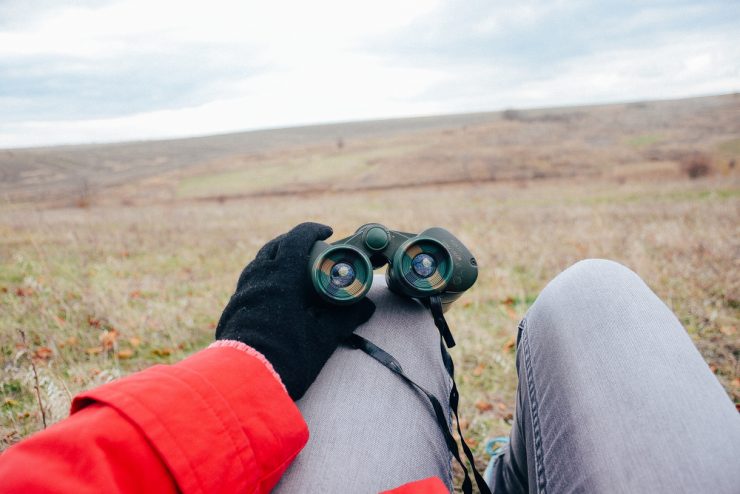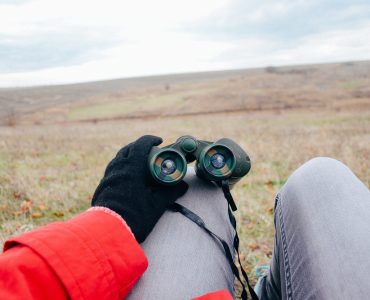With the technological developments of optics, the study of wild and rare animals becomes available. In Ornithology, there are varieties of tools and equipments used. One of them is the camera trap. It is an automated camera that captures photographs of wild animals without disturbing their habitats. The camera is a very important tool in the study of birds. It is commonly installed in areas where a rare animal is expected to appear. Sometimes, wild animals destroy the cameras or they are removed by humans who pass by the area.
Trap cameras give scientist the access to take pictures of wild and rare animals that are hard to find. Since the camera is automatic, scientists do not have to be on the habitat of the animals just to press the shutter of the camera. The camera will take a picture once its sensor senses that there is an animal on its position. The pictures taken by the camera are left there for some time until the scientists drop by on the area to get it. The pictures captured on the habitat of the animals serve as guide for the scientists to study and analyse their behaviours and attitudes. Trap cameras have two common types: the active and passive infrared system. The active infrared camera trap has invisible beam of infrared light. The emitter and detector are placed on opposite sides. The beam of invisible infrared serves as the shutter of the camera. While the passive infrared is connected to a detector, it continuously scans for infrared sources. The body heat of the animals serve as the switch for the camera to take picture.










